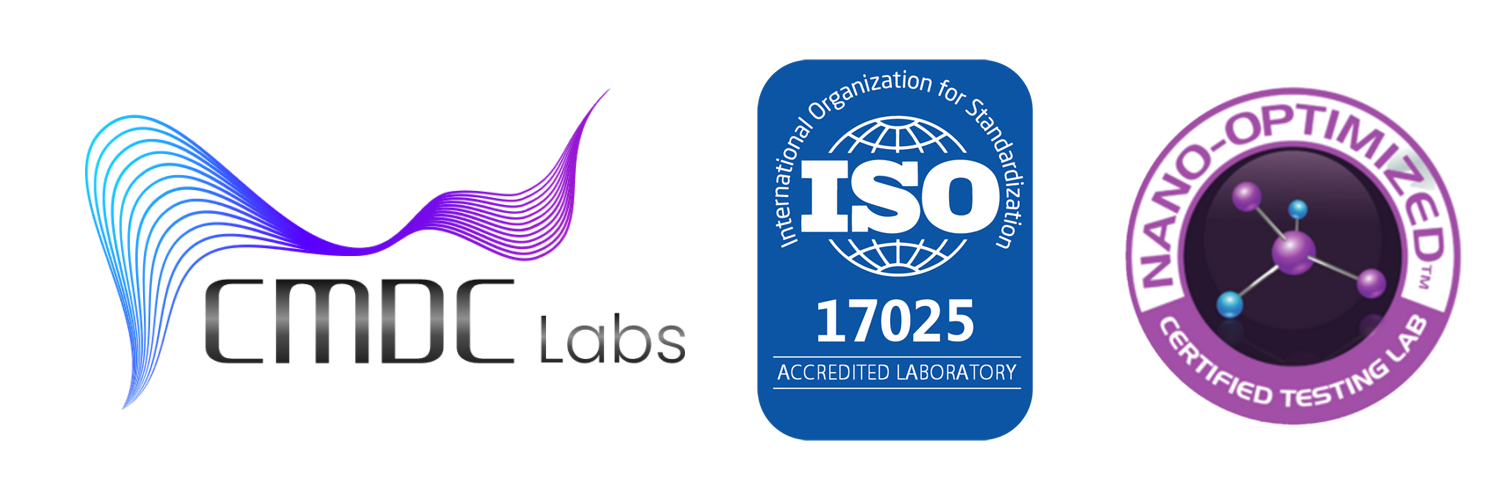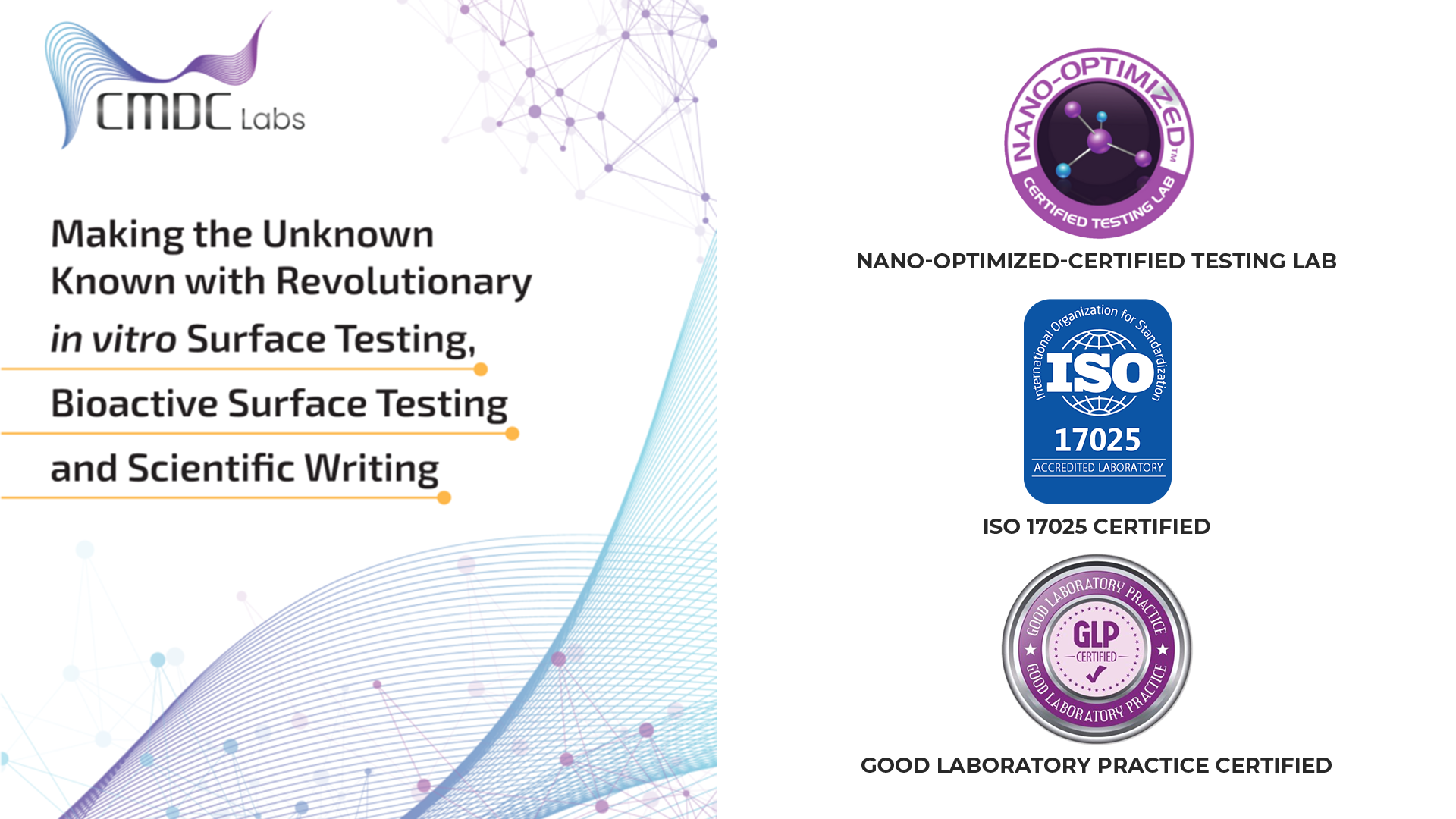Food safety is a paramount concern in today’s globalized market. Contaminated food can lead to severe health consequences, economic losses, and damage to a company’s reputation. Ensuring the safety and quality of food products is a complex task that requires rigorous testing and adherence to established standards. One of the most respected entities in this realm is AOAC International, which provides standardized methods for food safety testing. At CMDC Labs, we rely on these AOAC standards to deliver reliable and accurate food testing services. This article explores the importance of AOAC standards in modern food safety testing and how CMDC Labs implements these standards to ensure the highest quality results.
The Importance of AOAC Standards in Food Safety
AOAC International (formerly known as the Association of Official Analytical Chemists) is a globally recognized organization that develops and validates analytical methods to ensure the safety, quality, and integrity of food products. The methods validated by AOAC are widely accepted by regulatory agencies such as the FDA (Food and Drug Administration) and USDA (United States Department of Agriculture), making them a cornerstone in the food safety testing industry.
- Reliability and Consistency: AOAC standards provide a reliable framework for testing food products. The methods are thoroughly validated to ensure accuracy, precision, and reproducibility. This consistency is crucial for maintaining trust and reliability in food safety testing.
- Regulatory Compliance: Adhering to AOAC standards ensures compliance with national and international regulations. Regulatory bodies often mandate the use of AOAC-approved methods for testing food products to verify their safety and quality before they reach consumers.
- Comprehensive Testing: AOAC standards cover a broad spectrum of tests, including the detection and quantification of pathogens, chemical residues, allergens, and other contaminants. This comprehensive approach ensures that all potential hazards in food products are identified and addressed.
CMDC Labs’ Implementation of AOAC Standards
At CMDC Labs, we take pride in our adherence to AOAC standards, which form the backbone of our food safety testing services. Here’s how we implement these standards to ensure the highest quality results for our clients:
- Advanced Pathogen Detection: Pathogens such as Salmonella, Listeria, E. coli, and Campylobacter pose significant risks to public health. Our testing services utilize AOAC-approved methods like Polymerase Chain Reaction (PCR) and Enzyme-Linked Immunosorbent Assay (ELISA) to detect these pathogens with high sensitivity and specificity.
- Chemical Residue Analysis: Pesticides, mycotoxins, and food additives can be harmful if present in high concentrations. We employ advanced techniques such as Liquid Chromatography-Mass Spectrometry (LC-MS) to identify and quantify these chemical residues, ensuring that food products are safe for consumption.
- Allergen Testing: Food allergies can have severe health implications. We use AOAC-compliant methods to detect allergens in food products, helping manufacturers meet labeling requirements and protect consumers with allergies.
- Quality Control Measures: Quality control is integral to our testing processes. We implement stringent quality control measures, including regular calibration and maintenance of our analytical instruments, participation in proficiency testing programs, and conducting internal audits to review and improve our testing procedures continuously.
- Continuous Improvement: The field of food safety testing is ever-evolving. We stay at the forefront of industry advancements by regularly updating our methods and technologies in line with the latest AOAC standards. Our team of experts undergoes continuous training to stay abreast of new developments and best practices in food microbiology and chemistry.
The Benefits of AOAC-Compliant Testing at CMDC Labs
Adhering to AOAC standards offers several benefits:
- Regulatory Compliance: Ensures that food products meet all regulatory requirements, facilitating market access both domestically and internationally.
- Consumer Confidence: Builds trust with consumers by demonstrating a commitment to food safety and quality.
- Risk Mitigation: Identifies and addresses potential food safety hazards before they reach the market, thereby reducing the risk of foodborne illnesses.
- Accurate and Reliable Results: Provides confidence in the accuracy and reliability of test results, which is critical for making informed decisions about food safety and quality.
Conclusion
Ensuring food safety is a complex but vital task that requires adherence to rigorous standards and methodologies. AOAC standards provide a reliable and consistent framework for food safety testing, helping laboratories like CMDC Labs deliver accurate and trustworthy results. By leveraging advanced technologies and maintaining a commitment to continuous improvement, CMDC Labs remains at the forefront of the food safety testing industry, ensuring that food products are safe and compliant with all regulatory requirements.
For more information on our AOAC-compliant food safety testing services and how we can support your food safety needs, connect with us today.
References:
- AOAC International. “Official Methods of Analysis.”
- Food and Drug Administration (FDA). “Food Safety and Modernization Act (FSMA).”
- United States Department of Agriculture (USDA). “Microbiological Testing Methods.”

